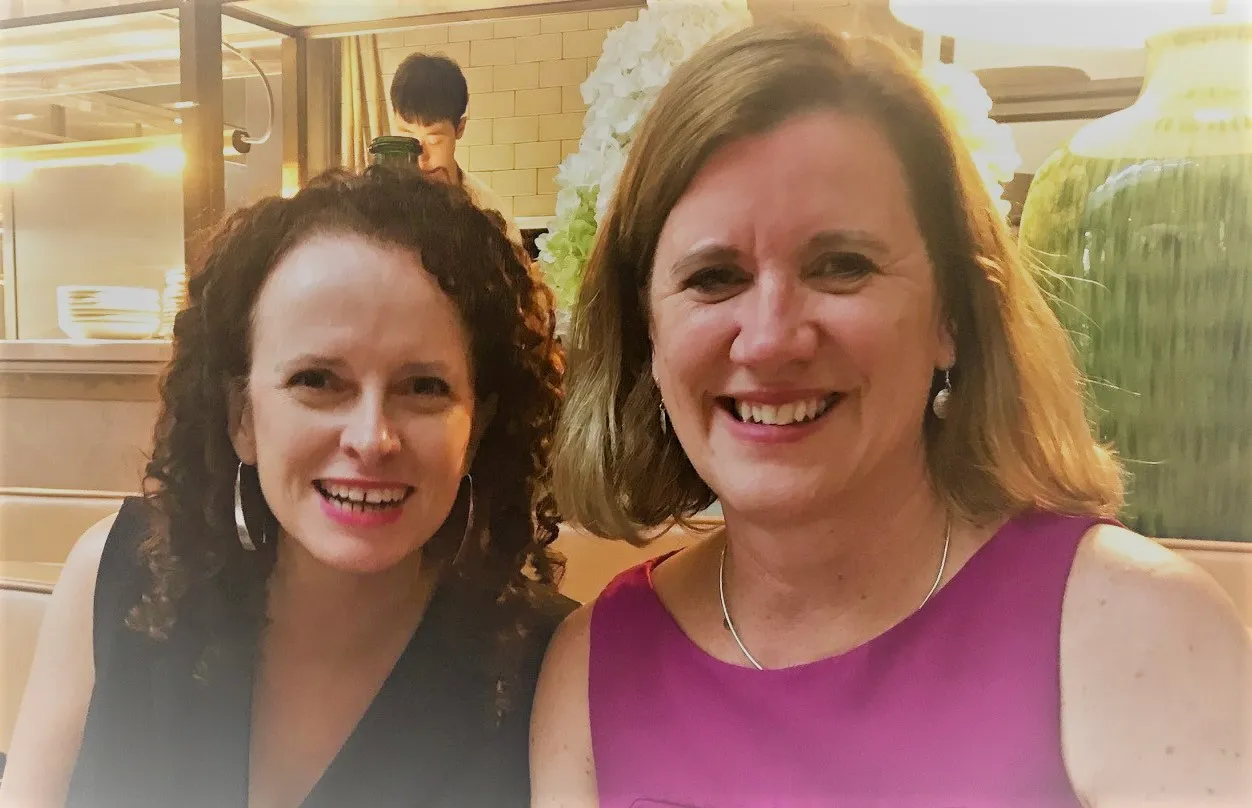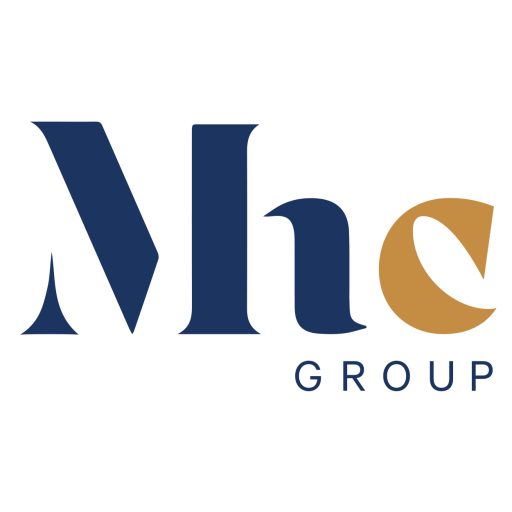
Read time: 2 minutes
Date: 02/2023
I recently met up with Dr Diane Watson, Chief Executive of the Bureau of Health Information (BHI).
Diane has more than 20 years of senior management experience in healthcare organisations and led the establishment of three major Australian health reporting agencies: the Victorian Agency for Health Information, the National Health Performance Authority and BHI.
Developing successful strategies is one of her many strengths, so I asked her to share her ‘top tips’ on what works, and what doesn’t when it comes to developing strategies for government organisations.
-Mary Haines
Top Tips: Dr Diane Watson on developing a successful organisational strategy
Mary Haines: You’ve designed strategies for a number of government organisations. Can you tell us how to design a strategy that is both implementable and achievable?
Diane says that people are at the heart of all successful strategies and organisations.
“Firstly, ensure your own people – your staff – understand what the organisation needs to deliver to stakeholders. Secondly, the people outside the organisation – your stakeholders – must be realistic about what can be delivered so their needs are met within the set timeframe. And then you need to bring these two groups of people together to deliver the best product and service. Behind every successful organisation there is optimal alignment between its people’s abilities and ambitions, and its clients’ needs.”
Diane suggests that most people can look back in their career to a project or organisation where this optimal alignment occurred.
“Everyone knows what that feels like – what you might call the ‘a-ha moment’”.
Mary Haines: Can you tell us about an ‘a-ha moment’ you’ve experienced, where it all came together for the organisation and its stakeholders?
Diane says an excellent example of an ‘a-ha moment’ was the National Health Performance Authority’s (NHPA) development of new national reporting measures on childhood immunisation for its Healthy Communities: Immunisation rates for children in 2011–12 report.
She says the Minister for Health’s office asked NHPA to focus on vaccination. Great staff excitement and energy drove innovation in product delivery – a hugely successful interactive dataset on childhood immunisation that drilled right down to postcode-level rates across Australia. What followed – media campaigns, extensive public dialogue and changes to public policy. The consequence – immunisations rates are now higher than ever before.
“I’d never done anything like this before, but we drew on staff creativity to achieve a result that benefited tens of thousands of children and their families.”
“Behind every successful organisation there is optimal alignment between its people’s abilities and ambitions, and its clients’ needs.”
-Diane Watson.
Mary Haines: What are some of the pitfalls that people should try to avoid when developing strategy?
According to Diane, setting unrealistic expectations for stakeholders is a major pitfall.
“Difficulties arise when you can’t deliver the strategy in the agreed timeframe, but you haven’t managed stakeholders’ expectations,” she says.
To avoid that, she suggests keeping stakeholders abreast of any changes to plans and modifying their expectations if necessary to set out what is achievable in the agreed timeframe based on the resources you have available.
Diane says another big pitfall is promising a strategy that’s beyond what your staff can deliver.
“Staff cannot and do not want to deliver on strategies that are too ambitious,” she says.
“Always keep your organisation’s talent pool in mind, and what they can achieve in the timeframe that they have.”
Mary Haines: What tips can you suggest for developing good strategies?
Diane says it comes back to her first point – people.
“It’s all about your people. Engage them, and listen to them,” she says.
“It’s so important to get the right mix of people and build a team that is ambitious but also challenges each other, while making the development process transparent.”
She reiterates that leaders need to be aware of any risks that may threaten the organisation’s ability to deliver on the strategy in the set timeframe so they can manage stakeholders’ expectations and avoid staff burnout.
Mary Haines: What else should people keep in mind in designing a successful strategy?
While your first priority should be ensuring the strategy is achievable, Diane adds that it’s possible to stretch both staff capabilities, and stakeholders’ expectations.
“Aim to deliver stakeholders a product or service that slightly exceeds both their expectations and what your staff think they can deliver.
“When you’re stretching staff to operate at their full ability and potential, you create an energised workforce while meeting or even exceeding the needs of stakeholders.”
Mary Haines: What about the future – will ‘strategy’ ever go out of fashion, or is it here to stay?
The need to design and implement good strategy is timeless, according to Diane.
“It’s here to stay,” she says, adding that designing good strategies must continue to go hand-in-hand with good implementation planning.
“The strategy has to be achievable, and it has to be coupled with implementation and benchmarking. That’s where listening, continuous engagement and transparency are important, because you may have to reframe your destination.”
February 2020.
Interview by Mary Haines, Founder and Director of Mary Haines Consulting (MHC), a boutique consultancy specialising in strategy, implementation, research and evaluation. MHC developed the five minutes interview series as a platform for leading professionals to share their know how.
You are welcome to republish this article. Please include the following attribution:
This article was first published by Mary Haines Consulting Pty Ltd: www.maryhainesconsulting.com.au.
© 2015-2025 MH Consulting Group (MHC) | Disclaimer | Privacy
